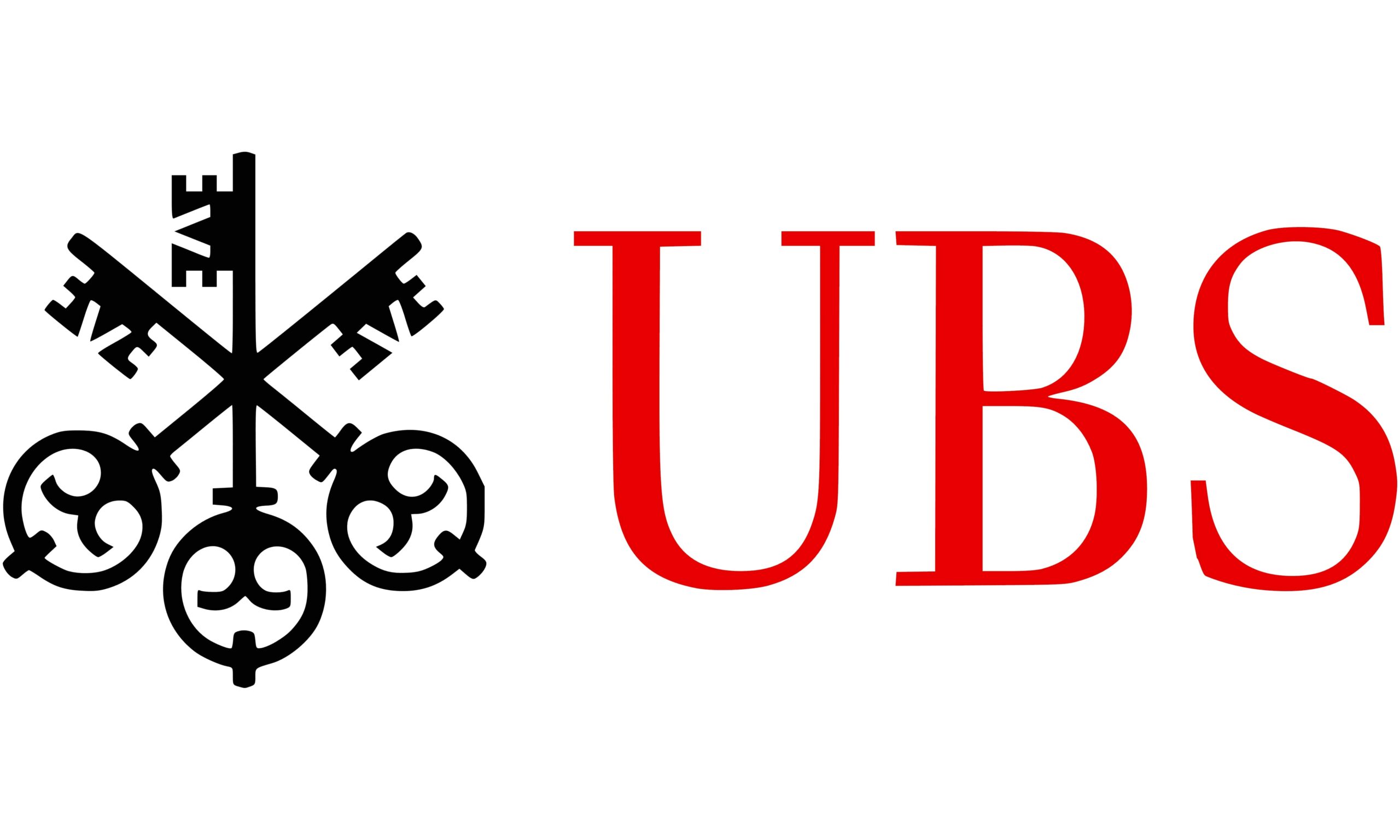Under det senaste året har bilisterna möts av billigare bensinpriser när de tankat (utom när regeringar världen över bestämt sig för att höja skatten på detta drivmedel). Vi har sett hur oljepriset noterat rekordlåga nivåer och det är bland de lägsta bensinpriserna på tio år. För många konsumenter är detta en välkommen utveckling, men oljebolagen har däremot stora problem och det är inte enbart ifråga om lönsamheten. I denna text tittar vi närmare på ett par av orsakerna till prisfallet på oljemarknaden och framtidsutsikterna för oljan. Hur lågt kan oljepriset falla?
Orsaken till prisfallet på oljemarknaden
Även om det finns ett stort antal olika typer av råolja är det i huvudsak två sorter som betraktas som en allmän standard av oljemarknaden, West Texas Intermediate (WTI) och Brent. WTI, den ljusa söta oljan som finns i USA har noterat ett prisfall på cirka 60 procent från sin senaste topp på 107 USD per fat. Priset på Brent har gått marginellt bättre, men likväl noterar vi en mer än femtioprocentig nedgång för denna råolja från dess senaste topp på 114 USD per fat. Brentolja, en söt lätt råolja från Nordsjön, är allmänt accepterat som markör för globala oljeinköp och fungerar som en bättre indikator på världsmarknaden, särskilt i Europa och Mellanöstern.
I juni 2014 låg priset för en gallon blyfri bensin i USA på i genomsnitt 3,65 USD, något som skall jämföras med dagens priser på 2,45 USD. Prisminskningen ligger på cirka 33 procent, men det motsvarar nästan prisfallet på råoljan. Att siffrorna skiljer sig åt beror på kostnader relaterade till raffineringen, skatter och distributionskostnader, samtliga ganska fasta kostnader som sällan fluktuerar.
Varför har vi då sett en nedgång i råoljepriset? Det nuvarande priset steget kan delvis tillskrivas följande faktorer:
Grundläggande utbud och efterfrågan
Världen, och USA i synnerhet, är full av olja. Tack vare hydraulisk spräckning, så kallad frackning, och de framsteg med horisontell borrning som har gjorts har USA ökat sin produktion av skifferolja, och har till och med börjat lagra olja för framtida bruk. I USA har de inhemska oljelagren nått den högsta nivån på mer än 80 år och USA har ersatt import av olja med egen produktion. Av den energi som konsumerades i USA 2014 levererade inhemska producenter 89 procent, vilket minskat USAs beroende av olja från utländska aktörer.
USAs växande oljelager tillsammans med en avtagande ekonomisk tillväxt i Europa och Asien, i huvudsak Kina, har lett till en minskad efterfrågan på olja. Trots en avtagande global efterfrågan har de stora oljeproducenterna fortsatt sin storskaliga produktion vilket ökar lagren ytterligare.
Den amerikanska dollarn
Efter att ha tagit sig ut recessionen ser vi nu hur den amerikanska ekonomin återhämtar sig. En direkt effekt av att den amerikanska ekonomin har återhämtat sig är att värdet på dollarn har stigit i förhållande till andra valutor. Precis som så många andra råvaror prissätts råolja i dollar, vilket betyder att olja kostar mindre i USA än vad det gör utanför landets gränser. Resultatet är att oljepriser faller mindre för de länder som bäst behöver billig olja. Detta medför också att trycket ökar på de ekonomier som kämpar mest för att få det gå ihop, något som i sin tur lett till en minskad efterfrågan och ett lägre pris eftersom dessa länder inte har råd att köpa oljan längre.
Geopolitiska orsaker
Globala konflikter har länge dikterat marknadsprognoserna för oljepriset. Analytiker trodde först att det inbördeskrigen i Irak och skulle störa leveranserna, men detta skedde inte. Libyens produktion har tredubblats sedan juni förra året och Irak pumpar dagligen upp 3,1 MMbd.
Oljepriset kan också fortsätta att falla om en överenskommelse nås mellan Iran och USA om Teherans nukleära program eftersom Iran skulle bidra med ytterligare råolja till överutbudet på den globala marknaden. Priserna har redan sjunkit i förtid som den senaste utvecklingen tyder på att detta kommer att ske.
Kommer oljepriset att återhämta sig?
De flesta aktörer som tittar på oljepriset är överens om att under de kommande åren så är det sannolikt att anta att oljepriset förblir lågt. I USA fortsätter produktionen även om oljebolagen minskar antalet aktiva riggar. Antalet riggar har sjunkit till den lägsta nivån på många år, men samtidigt har inte oljelagren varit så här höga sedan 1930.
Överutbudet från OPECs medlemsländer kommer sannolikt att bestå. Saudiarabien är världens största exportör av råolja, och i syfte att dominera marknaden har landet valt att upprätthålla produktionen att underminera sina konkurrenter. Saudiarabien har gott om likvider och väl förberett att överleva intäktsminskningar.
Ett fortsatt lågt oljepris kan komma att leda till ett försörjningsavbrott på de iranska, irakiska och libyska marknaderna, som alla behöver hållbara oljepriser för att kunna göra en vinst. Arbetet med att tillskjuta investeringskapital för att utveckla djuphavsreserver och skifferfyndigheter i länder som Argentina och Venezuela har visat sig vara oekonomiskt. Det har också visat sig att de låga oljepriserna har varit skadliga för den nordamerikanska skifferindustrin som inte kan uppgå en ekonomisk lönsamhet om oljepriset faller för lågt.
Då en långsam ekonomisk tillväxt förutspås i de flesta länder i den utvecklade världen och många emerging markets kommer detta sannolikt att leda till en minskad efterfrågan på olja. Detta gäller i synnerhet Kina som just nu upplever den långsammaste ekonomiska tillväxten på flera årtionden.
Det finns emellertid faktorer som kan komma att leda till stigande oljepriser. Den amerikanska dollarn kan komma att försvagas. Efterfrågan på olja kan lätt stiga i spåren av en oväntad väderhändelse som då kan komma att hota lokala leveranser. Det ständigt föränderliga geopolitiska klimat bidrar också till priset på råolja vilket framgick tydligt vid krisen i Jemen efter saudiska flyganfall.
Slutsats
Den globala oljeproduktionen ökar snabbare än konsumtionen. OPEC-medlemmarna har inte justerat produktionsnivåer i enlighet med vad som överenskommits trots ett överskott i oljeproduktionen, och den amerikanska skifferboomen genererar en produktion om 4 miljoner fat per dag (MMbd), upp från 1,2 MMbd förra året. Såvida inte den nuvarande produktionen bromsas eller efterfrågan växer kommer oljepriset sannolikt inte att stiga under de annalkande månaderna. Detta är goda nyheter för amerikanska konsumenter, men inte så mycket för oljebolagen.

 Nyheter3 veckor sedan
Nyheter3 veckor sedan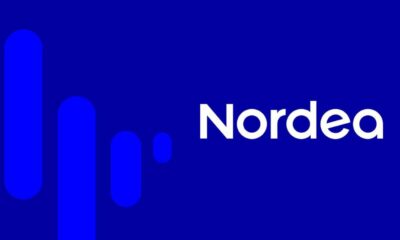
 Nyheter3 veckor sedan
Nyheter3 veckor sedan
 Nyheter3 veckor sedan
Nyheter3 veckor sedan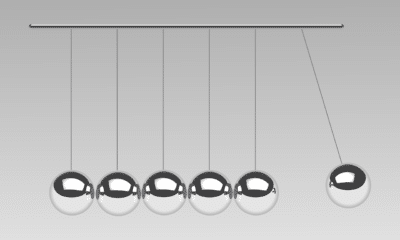
 Nyheter2 veckor sedan
Nyheter2 veckor sedan
 Nyheter2 veckor sedan
Nyheter2 veckor sedan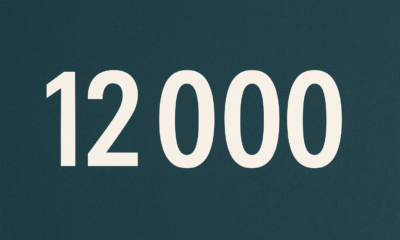
 Nyheter2 veckor sedan
Nyheter2 veckor sedan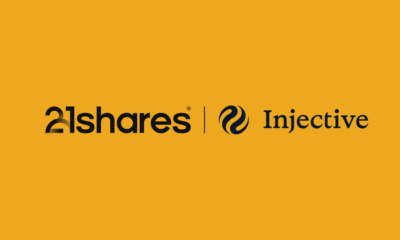
 Nyheter2 veckor sedan
Nyheter2 veckor sedan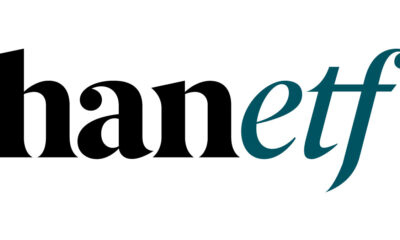
 Nyheter2 veckor sedan
Nyheter2 veckor sedan















